Pressure sores are painful skin conditions, usually in the form of ulcers, that form from prolonged sitting or laying down. This is especially common for those confined to a wheelchair or for those with low mobility. It’s important to remedy pressure sores because they can penetrate the bones and ligaments, causing extreme pain. Everyday effects of pressure sores include odor, discomfort, and redness. On a more serious level, pressure sores left untreated can lead to the death of the affected tissue, which in turn, can lead to sepsis, bone and joint infections, and sometimes cancer. Pressure sores are serious issues, but can be taken care of when treated properly.
There are various ways to treat and prevent pressure sores so you can live a more comfortable daily life. To get the right treatment for your case, you have to assess your symptoms, understand the top preventative measures, and find the most effective solution.
Symptoms of pressure sores
The first signs of a pressure sore might be a reddened, discolored, or darkened area on the skin. However, if you’re experiencing this, it doesn’t necessarily mean you have a pressure sore. To make sure, you can do a test: remove the pressure from the reddened area for 10 to 30 minutes and if the skin color does not return to normal after that time then you most likely have a pressure sore. Alternatively, press on the reddened area, and it should go white, remove your fingers, and if the area stays white, then blood flow has been impaired and a pressure sore is forming.
Other early symptoms include warmness of the skin and hardness. Be mindful of these if you are someone who has low mobility or is wheelchair-bound because as the pressure sore increases, the symptoms become more severe, such as:
- A visible shallow open sore
- Fever
- Greenish drainage around the sore
- Black, dead tissue
- Pus
These symptoms can cause extreme pain and discomfort, which is why it’s important to adopt preventative measures before symptoms get to this level.
Common ways to treat pressure sores
Though there are preventative measures, some might not have the luxury or the ability to keep their body in a state that completely prevents them from getting pressure sores. Pressure sores might seem inevitable for some disabilities and illnesses, but don’t worry, they can be treated.
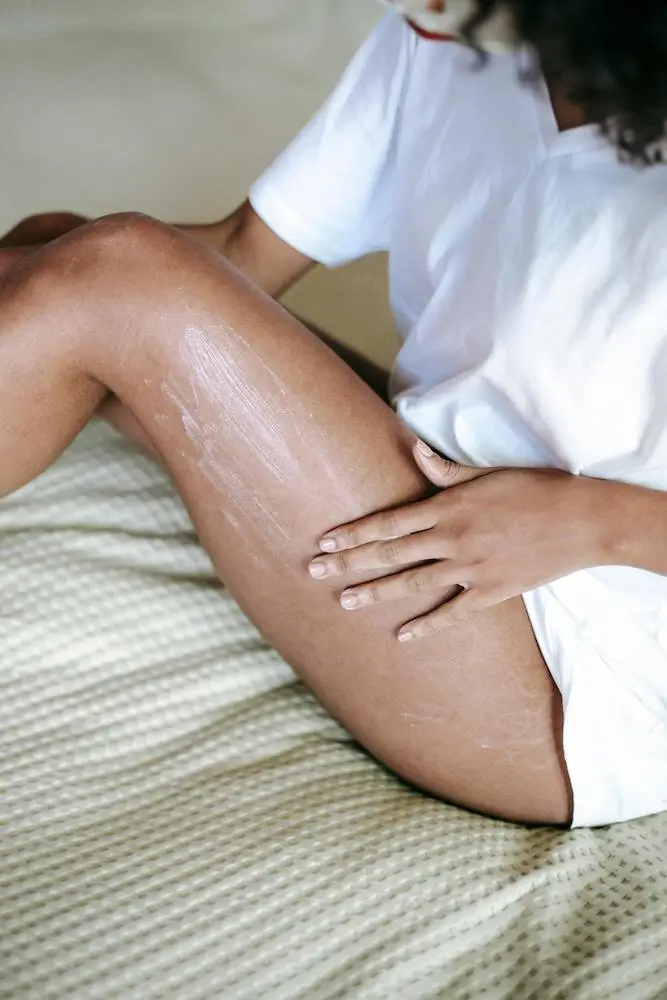
Ointments
Some of the discomforts of pressure sores deal with irritated skin. There are ointments on the market to treat this discomfort and at varying degrees.
Cadexomer-iodine Paste is used to kill the bacteria within the sore using iodine. It works as an antiseptic. You can reapply the gel whenever you see discoloration. Silver Sulfadiazine Cream also works to eliminate bacteria by inhibiting its growth. This is proactive against bacteria spreading to surrounding areas.
Another active ingredient to look for in helpful ointments is collagenase. Topical agents that contain collagenase break down the collagen holding the tissues together. This allows for skin regeneration.
Dryness is a symptom of pressure sores and hydrogels can work to replenish moisture in the area. An added bonus is that they can also cool the wound, which might relieve some pain. However, hydrogels are not completely absorbent so they should only be used on mild ones.
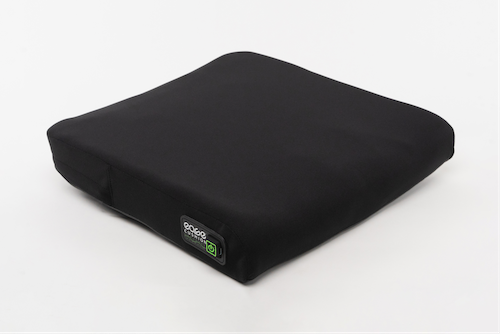
Cushions to relieve pressure
Cushions are the most proactive solution for addressing the pressure that ultimately leads to pressure sores.
Depending on the severity of your pressure sore, there are different types of cushions available. The two main types of cushion technologies are air/water filled and HAPT. Air and water-filled cushions are useful in relieving pressure and creating a more comfortable seating environment. And if you already have a sore, they help protect the skin from further irritation.
HAPT, or Horizontal Alternating Pressure Technology, is more adept at treating and preventing severe sores with its dynamic pressure redistribution. Air and water cushions stay the same once you sit on them, but HAPT cushions utilize technology to create a wave-like motion of air cells inside the cushion. It can shift the weight of the person sitting on the cushion to ensure pressure doesn’t build in one area. Ease Cushion is an innovative cushion on the market that uses this technology. It leads to enhanced blood circulation and a decrease in pressure-induced risks.
Air cushions are similar to HAPT cushions, but they require manual pumping and don’t adapt to your condition. If you’re someone who needs a higher layer of protection due to your condition, then HAPT cushions might be better for you because cushions like Ease have companion apps that monitor your needs and allow you to change settings.
Both types of cushions provide protection and reduce pressure, but depending on the severity of your needs, you should evaluate the features to find the best one.
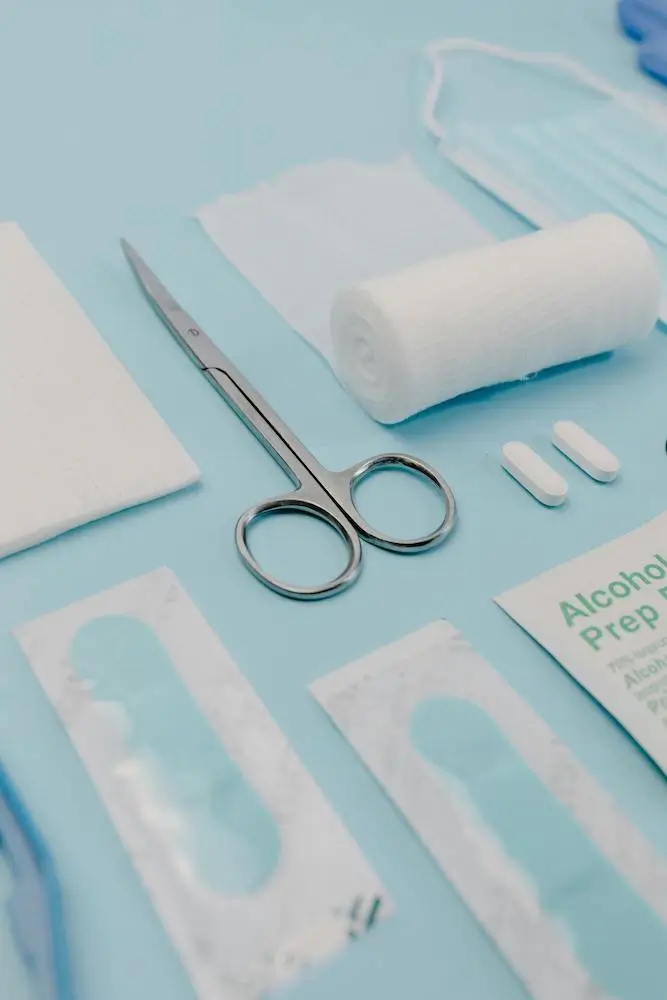
Cleaning and dressing the wound
The most important aspect of treating a pressure sore is ensuring the bacteria doesn’t spread to other parts of your body. To do this, it’s imperative that you clean and dress your wounds.
If the sore hasn’t completely broken the skin, wash it with a gentle cleanser and pat dry. If the sore has broken the skin, clean it with a saltwater solution to effectively stop bacteria growth. Alongside cleaning, you should be dressing your wound. This means keeping a bandage on the wound to keep it moist and protect it from infection. Every time you change the bandage, clean the wound.
Though these cleaning solutions might be useful in stopping bacteria, sometimes the sores might be too far gone. In this instance, you might have to see a doctor to remove the damaged tissue. They can do this by flushing out the wound or cutting out the affected area.
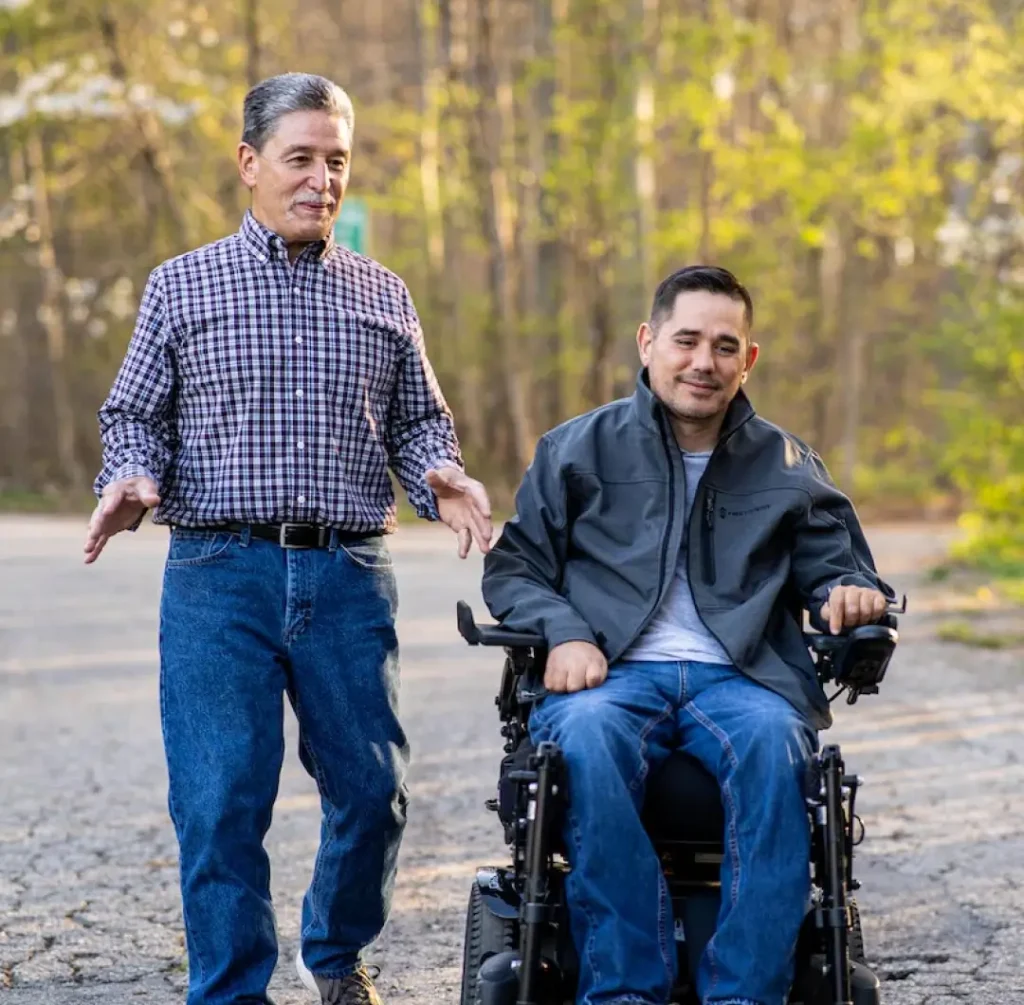
Conclusion
Pressure sores are a daily inconvenience that can affect your quality of life, especially for those who suffer from health issues that affect your mobility. Though they are sometimes mild, pressure sores can escalate to more serious issues like infections. It’s important to prioritize your health and be cognizant of the symptoms.
Before symptoms arise, you can adopt preventative measures, such as daily position changes, a healthy diet, and moisturization. However, if symptoms do arise, it’s nothing to fret over because there are treatments to combat them.
Ointments can help to moisturize the area and regenerate the skin that has been broken. Cleaning solutions and bandages can also fight against infections and ensure your skin isn’t experiencing irritation. HAPT cushions, like Ease Cushions, utilize technology to create both a preventative measure and solution to pressure sores by redistributing pressure to ensure every area is not exposed to prolonged pressure.
If you’re someone who is wheelchair-bound or has low mobility, you can still have freedom. Treatments and preventative measures like these can help you thrive with comfort and a painless daily routine.
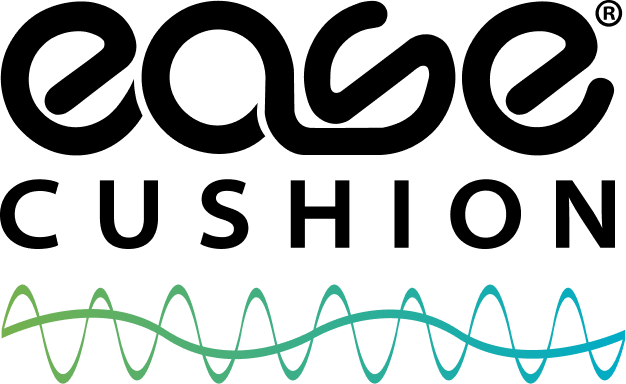


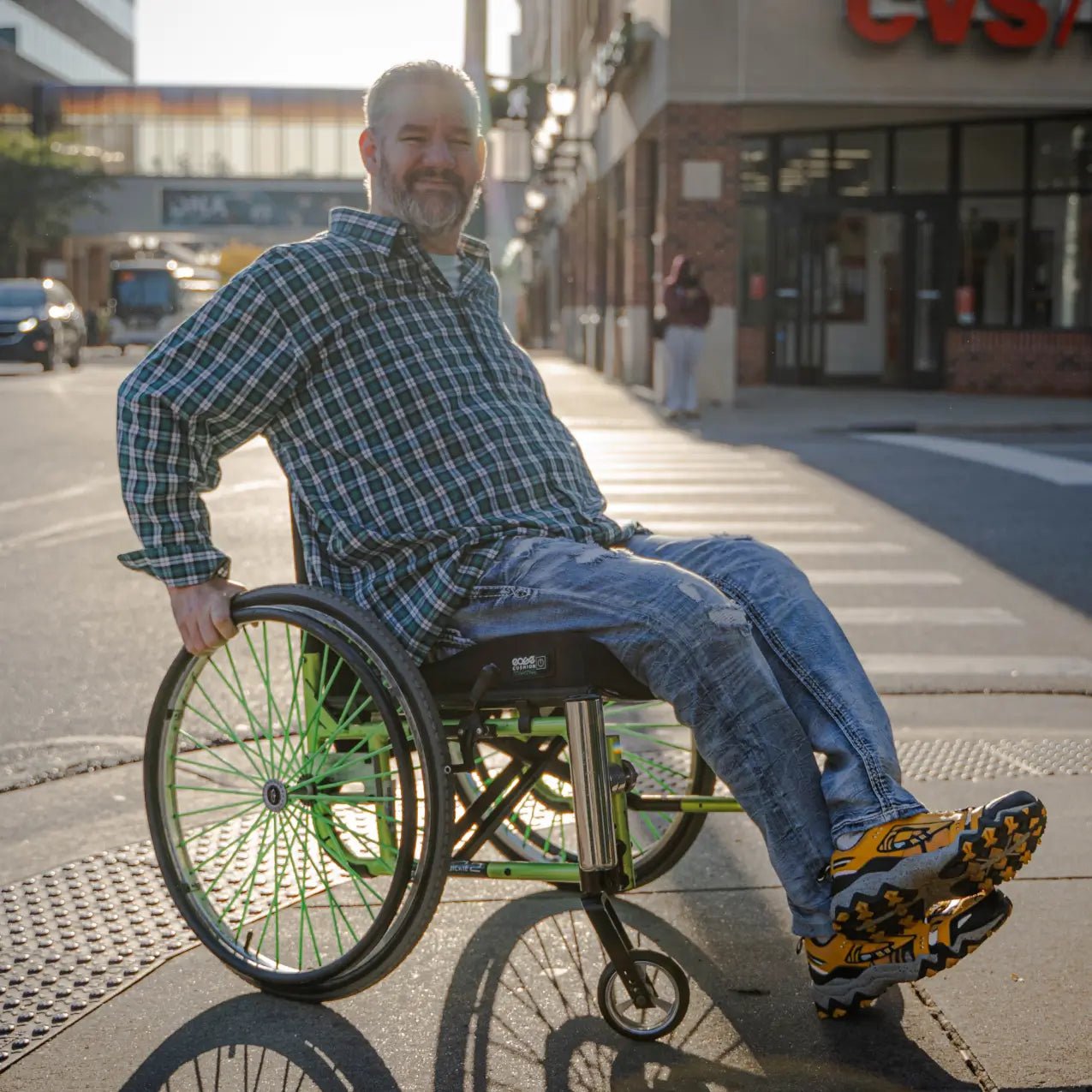
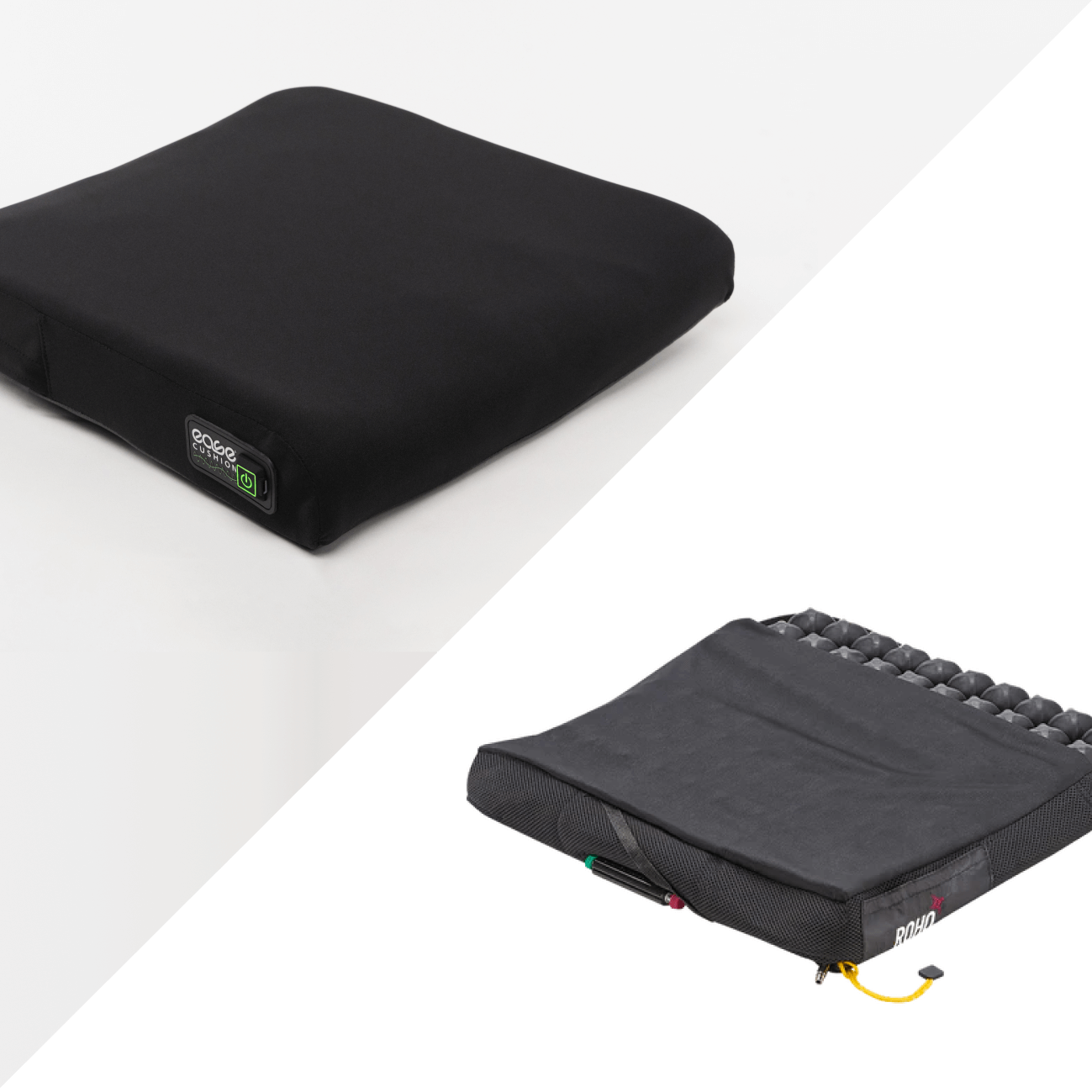
1 comment
Gloria Saint Julian
Thank you for sharing this most valuable information about how to care for and protect and prevent bed sores, your information will help and guide us how to protect my sister husband who had a terrible stroke and is in a simmering coma.. we will carefully follow your advice. Thank you, thank you! God bless all of you.
Leave a comment
All comments are moderated before being published.
This site is protected by hCaptcha and the hCaptcha Privacy Policy and Terms of Service apply.